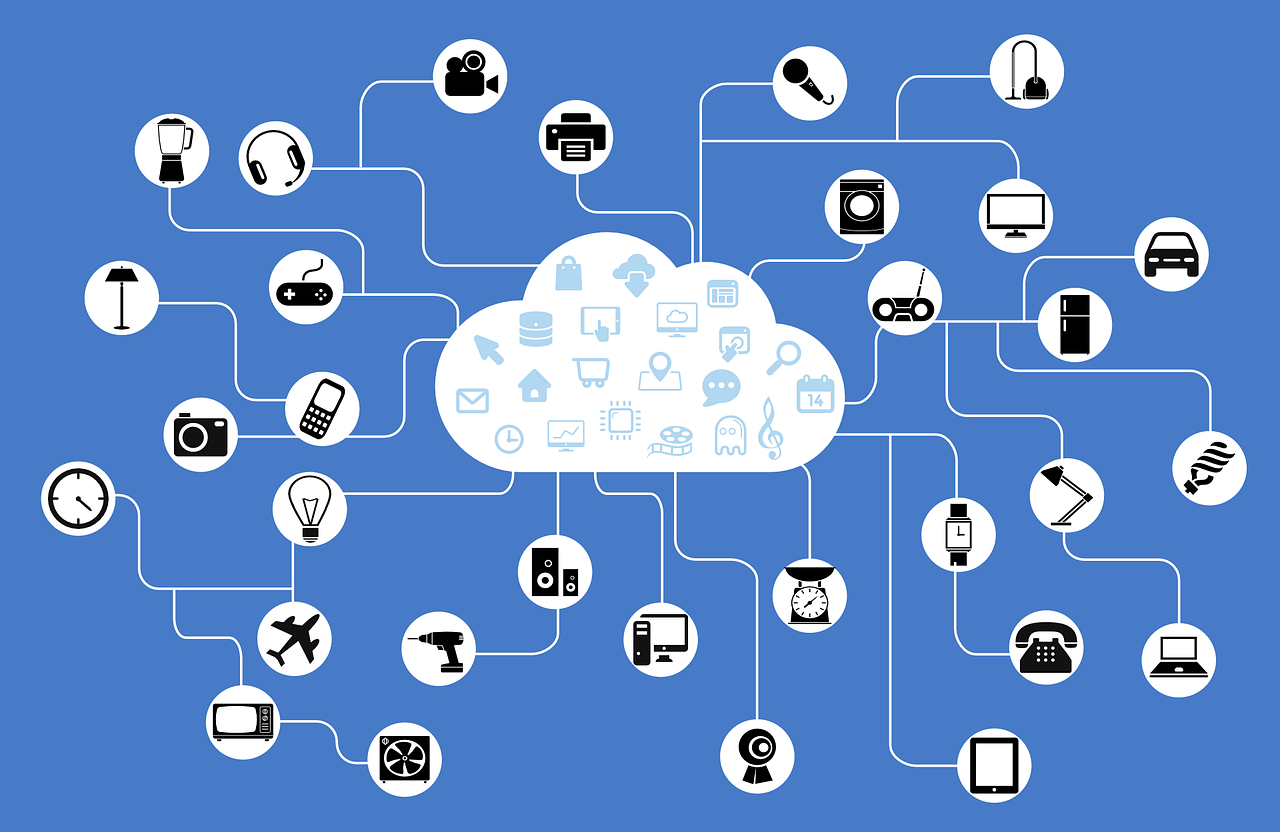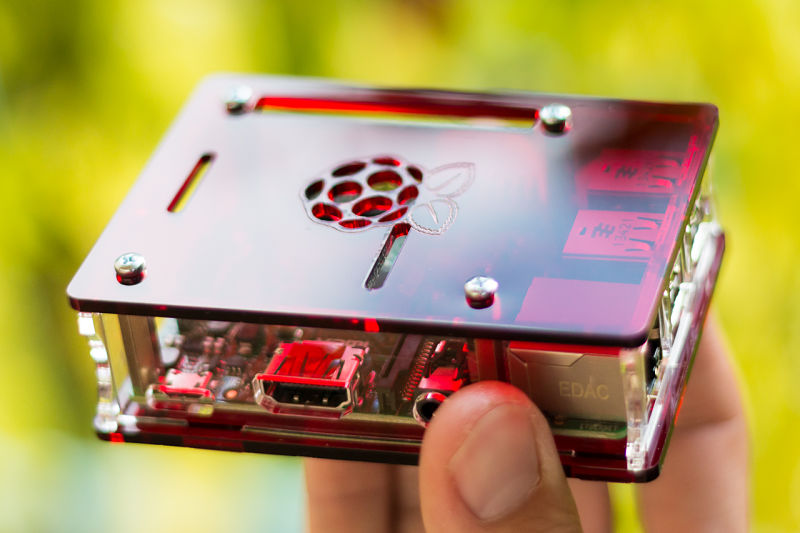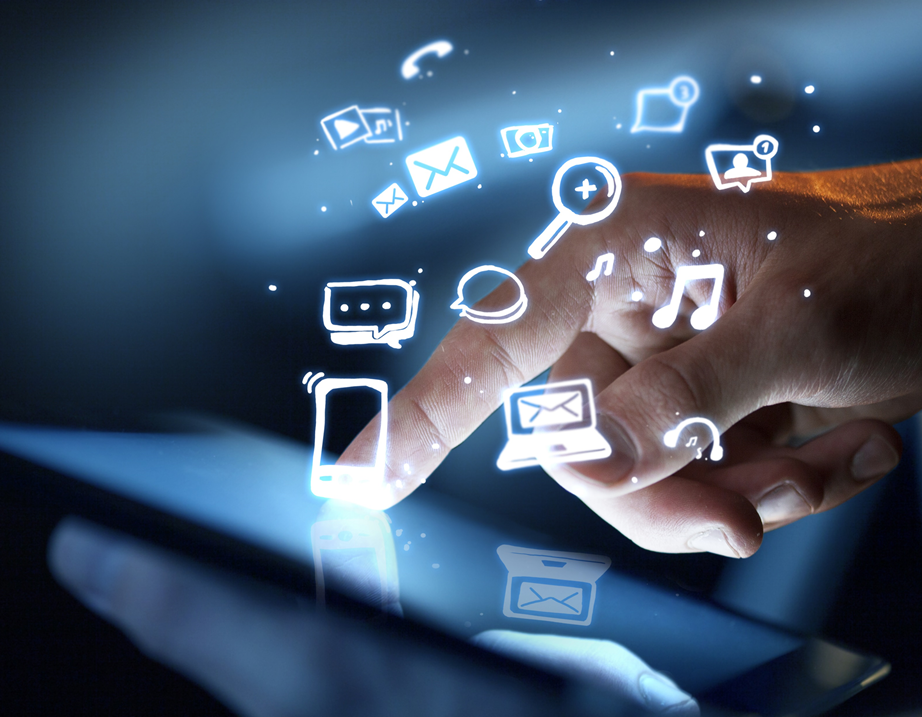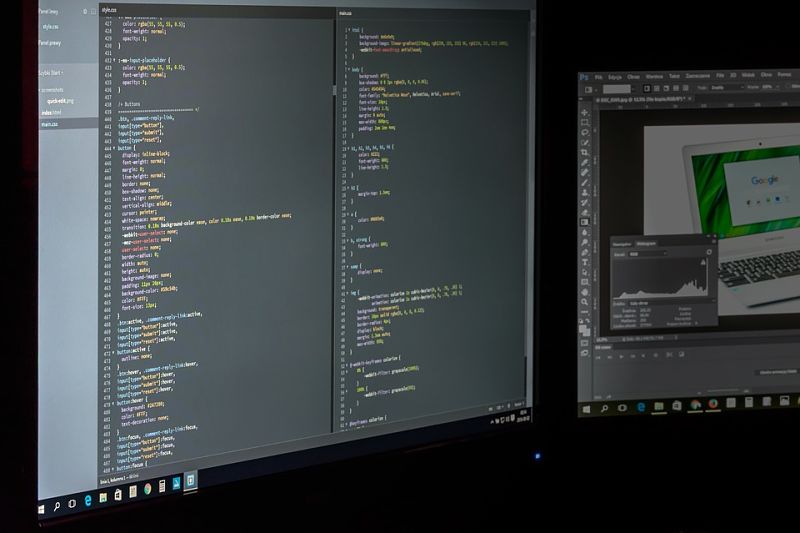The term Internet of Things was first coined by the military in the 1980s. Yet there can be no doubt that it was in the recent years that the use of the concept and its applications broadened dramatically, thanks to huge technological advances.
The number of connected devices has been growing exponentially lately, and it is expected to exceed 50 billion by 2020. It is for this reason that many experts refer to the Internet of things as 'the next industrial revolution', one that will change the way we communicate with one another, work, travel and have fun—and it will also change the way governments and businesses interact with the world.

Use cases
When we speak of IoT, we refer to a network of interconnected physical devices of different kinds: vehicles, sensors, buildings, etc. These devices are known as 'connected' or 'smart' devices, and their main common characteristic is their ability to collect and exchange data.
IoT has applications in practically every economic sector and any environment. Some of the most interesting use cases are the following:
-
Transportation: connected cars represent some of the most sophisticated IoT devices, yet they already are a reality and their number will reach over 220 million by the year 2020.
-
Agriculture: in this area, the devices are essentially sensors that take measurements of temperature, acidity levels and other variables involved in improving crops.
-
Retail: beacons placed in large stores help study customers' behaviour with the goal of offering them personalized advertising and optimizing placement and distribution of products.
-
Banking: there are 3 million cash machines throughout the world, and many of them are beginning to incorporate features of IoT, for example, video streaming, in order to improve customer experience.
-
Energy: the possibilities for applications are vast in this field, from sensors that collect measurements inside power generation and distribution systems to smart meters in the homes of private consumers.
-
Connected homes: according to projections, by 2030 the majority of home appliances will be connected, opening a broad spectrum of possibilities.
-
Healthcare: devices used in the area of healthcare can gather data and automate processes that make it easier to diagnose conditions and help improve treatment of patients.
-
Travel: over 31% of all hotels already use smart doors in their guest rooms and incorporate sensors, beacons and other technologies that raise the level of comfort and improve customer experience.
-
Smart cities: smart cities are already a reality, with IoT serving as one of the key elements of information gathering and knowledge management.

IoT and Big Data go hand in hand
IoT has a huge impact on different aspects that must be taken into account in a complex system. In the coming years, innovation will focus on the following six tiers:
- Connectivity
- Security
- Data storage
- System integration
- Devices and hardware
- Application development
Big Data is going to be a presence throughout all stages of the process since the volume of information that enters the stream and is collected will grow exponentially, and the number of devices and data sources will reach figures unimaginable until now.
Big Data technologies are meant to respond to the technical challenges that the internet of things puts on the table: processes of consuming streamed or real time data, well organized and secure storage for data of varying nature that have different structures, efficient processing of large volumes of information in a distributed mode, intelligent algorithms and cutting edge analytics that must be applied to data in order to extract value and, finally, a world of new application software created specifically for IoT to provide added value for the users.
Technologies and platforms
There is no doubt that free or low-cost software has opened the door to proliferation of affordable devices and to applications in entirely new fields.
Projects such as Arduino or Raspberry Pi have energized the IoT hardware market, serving as a true driver for innovation and following the principles and philosophies of open source software, only applied to the area of hardware design.

However, many other devices found on the market are designed for a specific purpose. Here are some of the most remarkable examples:
- Amazon Echo: a device created by Amazon and oriented toward the connected home. It incorporates a voice activated assistant Alexa, which can be assigned various tasks such as playing music, and lets the user request weather information, ask about sports results or place a call to Uber.
- Fitbit: probably the most successful family of wearables. Wearables are devices that people can carry around all day long; they are capable of measuring parameters such as the number of steps we take, calories we burn, quality of our sleep and many others. All of this data is uploaded to the cloud.
- Prodigio: a new connected coffee machine from Nespresso that lets the owner manage the stock of capsules, program the preparation of coffee remotely, or contact customer service using a mobile device app.
- OSRAM lightify: the intelligent light bulb by OSRAM that can be remotely controlled with no need for wiring or installing any additional hardware. It provides a set of features intended to save energy and lower costs, a very attractive proposition for both industry and home.
- Mimo: a baby monitoring system that is integrated with clothing and capable of monitoring an infant's breathing, his or her temperature and other parameters that may interest parents. It also sends warnings if it detects that something is not going well.
- Telefónica Thinking Things: Telefónica's platform consists of small modules, which offer different features and can be easily integrated. This way, we can custom build our own IoT solutions.
- Amazon Dash: the second most recent innovation from Amazon that lets the user order a specific product with one click of a button and to have it delivered anywhere within a few hours.
Certainly, recent developments in connectivity have been the key factor that allowed for designing and deploying complex systems that were not feasible before. Of note are communication technologies enabling construction of mesh networks, such as ZigBee or Z-Wave, and, of course, the development and the increased coverage of 3G and 4G networks and other low-energy systems, for example, Sigfox. Finally, Internet access has reached broad masses with the popularization of Wi-Fi or Ethernet access points at homes and businesses.
In relation to communication, we could also mention the appearance of new, more efficient communication protocols such as MQTT, AMQP or CoAP, aiming to minimize network traffic and energy consumption.

IoT lives in the cloud
As could be expected, the principal providers of Cloud technology offer comprehensive platforms for building IoT solutions. The most notable of these providers are the following:
- AWS IoT: a complete managed solution that easily integrates with other AWS components and Amazon products such as Amazon Dash. In addition, they offer a software component, Amazon Greengrass, which runs on IoT devices, making deployment and operations simpler.
- Google Cloud Platform IoT: Google's offering that seamlessly integrates with open source boards like Arduino, Raspberry Pi or BeagleBoard, as well as the rest of Google platform components.
- Azure IoT Suite: an alternative solution from Microsoft, providing better integration with Windows devices and focusing on interacting with other systems, such as Salesforce, SAP, Oracle or Microsoft Dynamics.
The problem of security
One of the most challenging aspects in the world of Internet of things today is the question of security. The proliferation of new, developing technologies, some of which are still immature, and the abundance of points vulnerable to attack make IoT security a real problem.
New kinds of attacks constantly emerge, for example, running malicious code on devices to make them consume more energy than intended, draining their batteries. There are also physical attacks on devices, which are difficult to withstand because there are, potentially, many devices that are widely dispersed. Information encryption is another issue, since the hardware is sometimes extremely simple, which makes implementing security measures on it a non-trivial task.
To summarize, technology poses new challenges that we have never faced before.
Conclusion
IoT presupposes a true industrial revolution with unimaginable applications. Although challenges and limitations exist today that we have not overcome yet, the groundwork has been lain, and the technology has become available to all individuals and businesses. All the relevant players in the industry are getting onto the IoT bandwagon.
In the future, we will see a greater degree of integration of IoT solutions into all sectors. The challenge is to be able to keep extracting value and acquiring more and more knowledge from these systems and networks. In the next few years, IoT, Big Data, Artificial Intelligence (AI) and Cognitive Computing will converge even more. We will have at our disposal new applications that until recently we could only envision in science fiction films.
Comments are moderated and will only be visible if they add to the discussion in a constructive way. If you disagree with a point, please, be polite.






Tell us what you think.